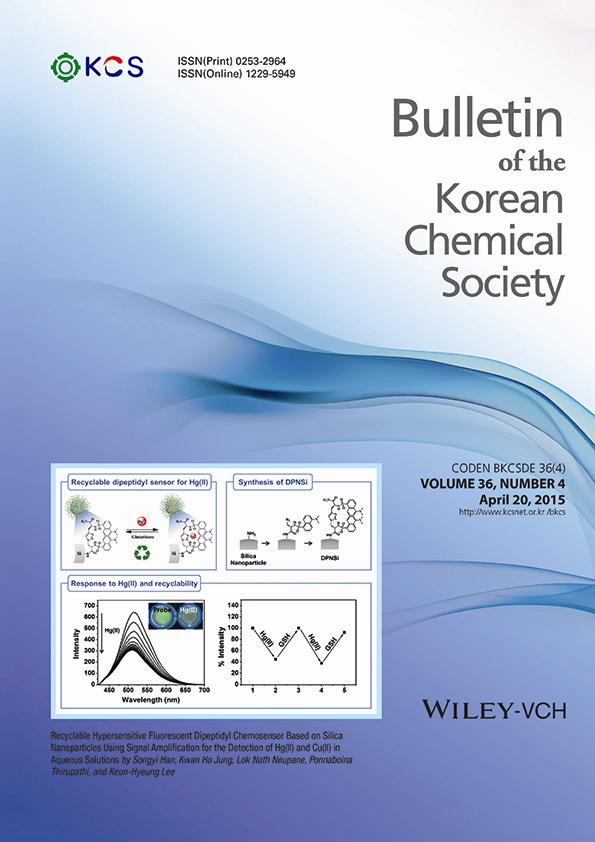Differentiating Chamaecyparis obtusa and Chamaecyparis pisifera Leaves Using 1H Nuclear Magnetic Resonance Spectroscopy
Abstract
Chamaecyparis obtusa and Chamaecyparis pisifera are cypress species native to and widely distributed in Japan and South Korea that belong to the Cupressaceae family. Various pharmacological properties that have been identified in these species could be useful in the development of medicinal products, and the ability to differentiate these two species has become essential due to their different specific pharmacological properties. Metabolic analysis using 1H nuclear magnetic resonance spectroscopy coupled with multivariate statistical techniques was performed to elucidate the differences between C. obtusa and C. pisifera leaves. An optimized partial least-squares discriminant analysis (PLS-DA) model for their discrimination was obtained by selecting variables based on a cutoff for their importance in the projection value of 1.1. The following 24 compounds were profiled and compared between C. obtusa and C. pisifera leaves: 2-hydroxyisobutyrate, acetate, catechin, choline, glucose, betaine, malonate, 4-hydroxyphenylacetate, homovanillate, fructose, 5-hydroxyindoleacetate, glycine, sucrose, glycolate, tartrate, 3,4-dihydroxymandelate, uracil, myricetin, fumarate, 4-hydroxybenzoate, protocatechuate, cinnamate, hypoxanthine, and formate. The key compounds contributing to the discrimination of the two leaf types were found to be acetate, homovanillate, protocatechuate, sucrose, catechin, formate, 2-hydroxyisobutyrate, and hypoxanthine.




